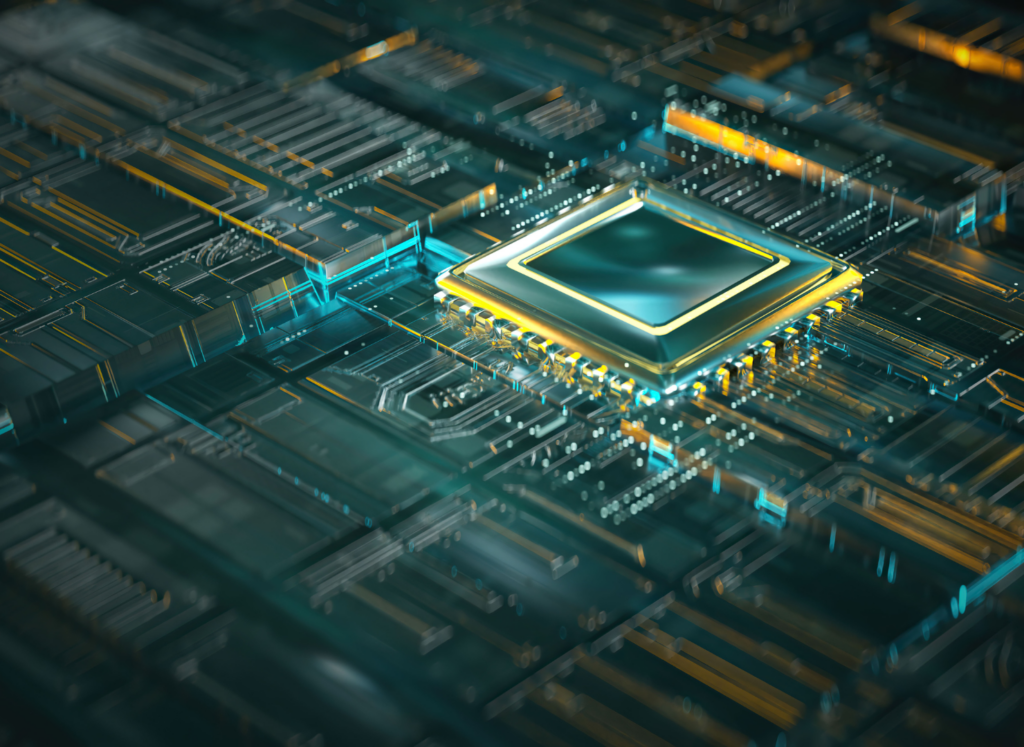Investing in DeepTech: Unlocking the Future of Innovation Through Science-Driven Technologies

DeepTech is driving the next wave of innovation, transforming cutting-edge scientific discoveries into real-world solutions. These technologies have the power to revolutionize industries and tackle major global challenges, but investing in them can be complex and capital-intensive. What distinguishes DeepTech from HighTech or LowTech, and how can investors spot the right opportunities? In this article, we delve into the unique dynamics of DeepTech, offering insights on market timing, technological maturity, and emerging fields like quantum computing, AI, and space tech.
🔍 What Does This Mean for the DTCF?
The terms DeepTech, HighTech, and LowTech are unfortunately not sharply defined, and in the investment space, they are often used subjectively. LowTech is commonly used to describe business models that rely on established, less innovative standard technologies. HighTech refers to innovative technologies that remain within the realm of classical engineering. DeepTech, on the other hand, involves the latest scientific breakthroughs being turned into products and business models. HighTech and DeepTech often require significant hardware investments, making startups in these areas particularly capital-intensive.
A good DeepTech investment requires not only a highly innovative and unique technology but also one that has the potential to serve as the foundation for sustainable economic success, at least in the medium to long term.
The right timing is always crucial for a successful investment, often depending on market dynamics and adoption. In DeepTech, timing is particularly tied to the maturity of the technology.
The ideal moment usually arises when a development shifts from mere scientific feasibility to practical, engineering-based implementation—typically between Technology Readiness Levels (TRL) 3 and TRL 5.
It’s essential to choose the right moment for investments to avoid entering too early, when the technology is still in research, or too late, when the market is already saturated. A good example of a technology funded too early and developed ahead of market demand is Google Glass, introduced in 2013 as one of the first commercially available augmented reality glasses.

🧠 Quantum Computing
A prime example of a current DeepTech technology is quantum computing (QC). In many areas, like optical QC, this field remains mostly in the realm of basic research. Companies like Google and IBM have already made significant advances. Fortunately, there are still promising opportunities in the QC space where the timing seems ideal. We demonstrated this with our investment in KIPU Quantum, which focuses on new algorithms for QC, showing that even a software-focused project can be considered DeepTech. (Update 07/08/2024: We recently also invested in planqc, which is developing a full stack cloud-quantum-computer based on neutral atoms.)
🚚 The Rise of AI
Exciting dynamics are emerging across multiple technology fields, particularly in the transition from research to engineering. AI technologies and applications are prime examples, as highlighted by our investment in Fernride. There is a clear market demand for (semi-)autonomous trucks, while research into more complex autonomous use cases continues. Fernride has successfully navigated this space, addressing a practical market need, gaining customers, and staying focused on the enormous potential of the broader market.
🚀 SpaceTech
Another transformative example is the space sector, where micro-satellites are enabling new possibilities. However, perhaps the most significant DeepTech field is nuclear fusion, which has the potential to provide a clean, green, and reliable energy source for humanity. While the experimental proof of energy generation on a large scale is still pending, recent developments suggest that the right time for a DeepTech investment in nuclear fusion may be on the horizon—or at least fast approaching. (Update 04/10/2024: We recently invested in Proxima Fusion, which is developing a nuclear fusion reactor based on Stellarators.)

🌱 A Fascinating and Rewarding Task
For me personally, it is an inspiring and rewarding task to evaluate DeepTech investments for DTCF from this perspective. Each investment holds the potential not only for economic success but also for long-term positive impacts on society and the environment. That is what fascinates me about DeepTech.
_____________________________________
The DeepTech & Climate Fonds (DTCF) positions itself as an integral player in the DeepTech ecosystem, spanning fields like AI, quantum computing, and space technology. With a fund volume of up to €1 billion, we are prepared to support capital-intensive projects and cutting-edge innovations. We focus on early growth rounds and are eager to collaborate with startups and investors driving the next wave of technological breakthroughs.
Are you an entrepreneur working on groundbreaking DeepTech solutions? Have insights or know of companies we should consider? We’d love to hear from you and welcome your messages, suggestions, and feedback.
👉 This article was written by Dr. Torsten Löffler.